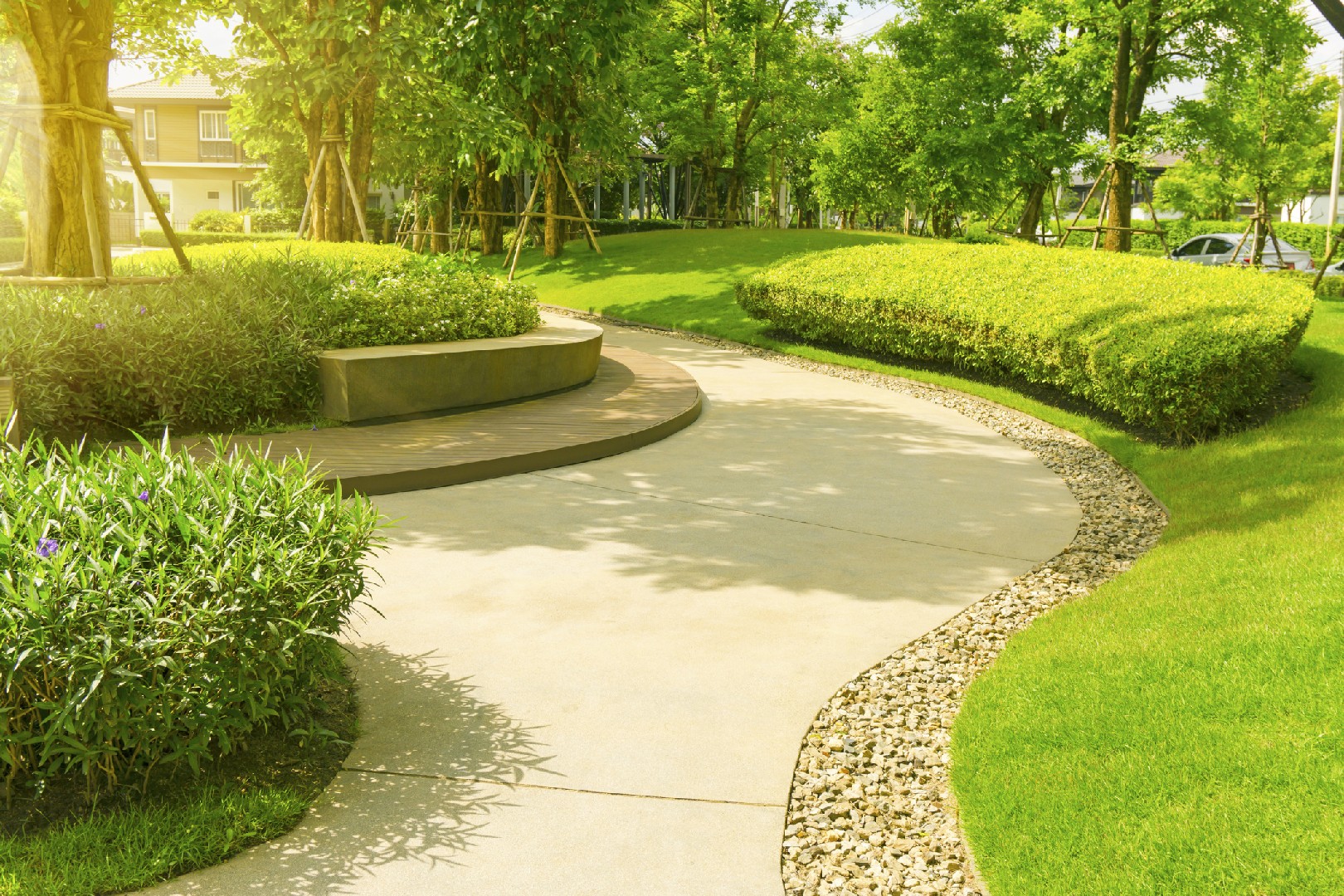![Rectangle]()
Understanding Hardscaping and Its Importance
When it comes to designing an accessible garden, hardscaping plays a crucial role in creating an inclusive and functional space for individuals of all abilities. Hardscaping refers to the permanent, non-living features of a landscape, such as pathways, patios, retaining walls, and water features. These elements not only enhance the aesthetic appeal of the garden but also provide numerous functional benefits.
One of the most important aspects of hardscaping is its ability to improve access within the garden. By incorporating well-designed pathways, ramps, and seating areas, individuals with mobility limitations can navigate the garden easily and enjoy its beauty without any obstacles. Moreover, hardscaping features like raised beds and vertical gardens allow individuals with limited mobility or those who use wheelchairs to actively participate in gardening activities.
Proper hardscaping techniques can also contribute to the safety of the garden. For example, adding non-slip surfaces to pathways and installing handrails along ramps and steps can prevent accidents and provide stability for individuals with balance issues.
In addition to the functional benefits, hardscaping also brings aesthetic value to the garden. Carefully selected materials, such as natural stone, brick, or concrete pavers, can add texture, color, and visual interest to the outdoor space. Incorporating water features like fountains or ponds not only provides a soothing ambiance but also creates a focal point that attracts wildlife, enhancing the overall sensory experience of the garden.
To engineer an accessible garden through hardscaping, it is important to consider the specific needs of different individuals. This involves understanding their mobility challenges, sensory sensitivities, and preferences. Working with a landscape designer or accessibility specialist can provide valuable insights and ensure that the hardscaping elements are tailored to meet the needs of all users.
When implementing hardscaping in an accessible garden, there are several practical tips to keep in mind. Using contrasting colors for pathways and other hardscaping features can help individuals with visual impairments navigate the space more easily. Installing benches or seating areas at regular intervals allows individuals to rest and appreciate the garden at their own pace. It's also important to consider the maintenance aspect of hardscaping, as well-designed features should be easy to clean and require minimal upkeep.
In conclusion, hardscaping is a vital component of an accessible garden. By understanding the function and aesthetic benefits of hardscaping, as well as its contribution to overall access, you can engineer a garden that is inclusive and inviting to individuals of all abilities. With careful planning, consideration of individual needs, and the incorporation of practical tips, your hardscaped garden can provide a beautiful and enjoyable outdoor space for everyone to appreciate.





